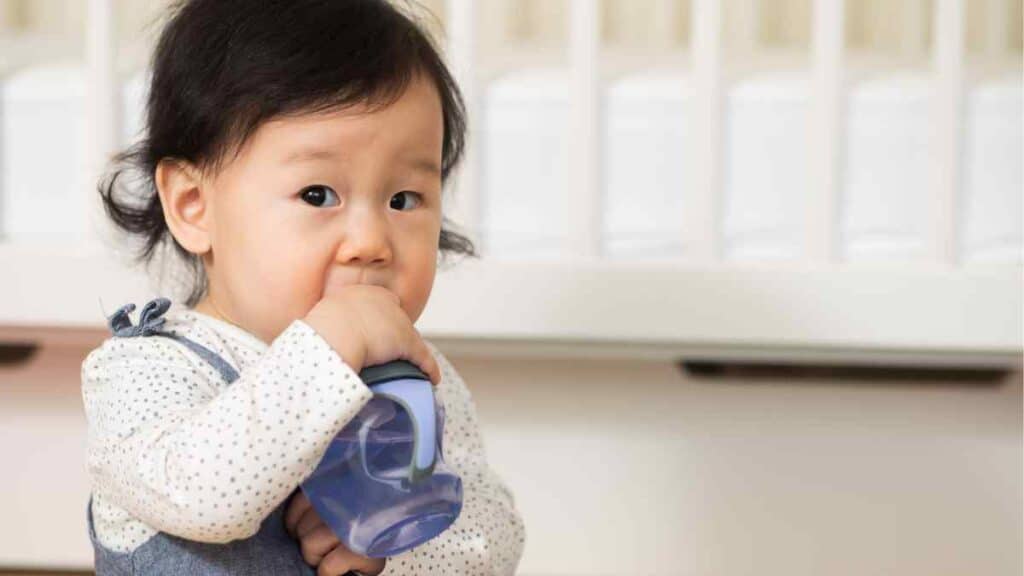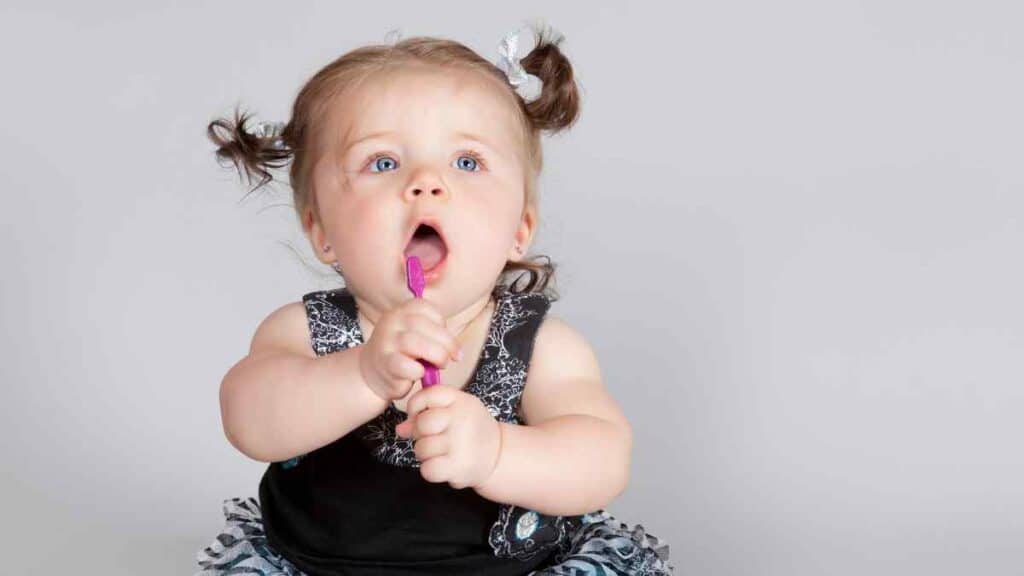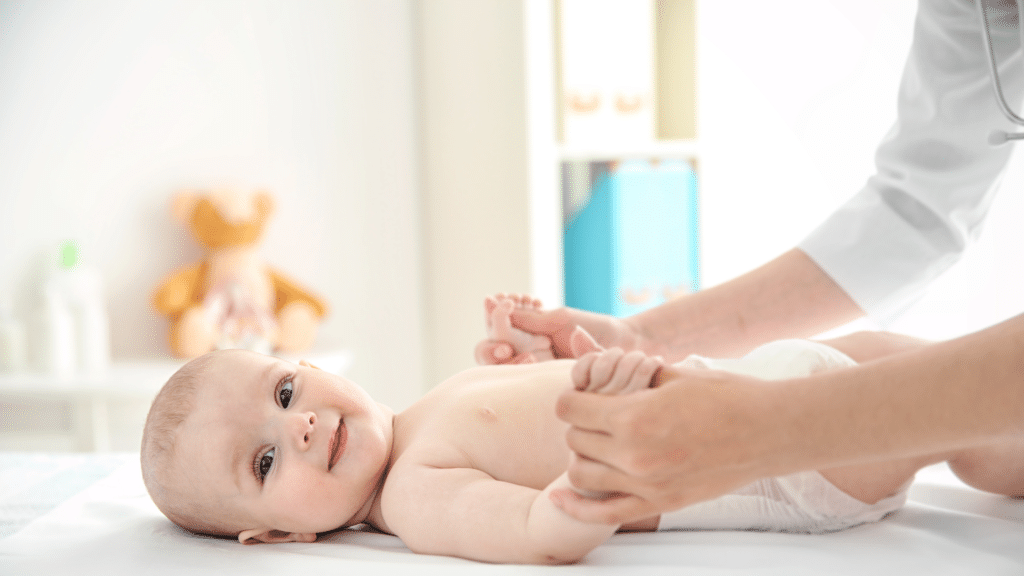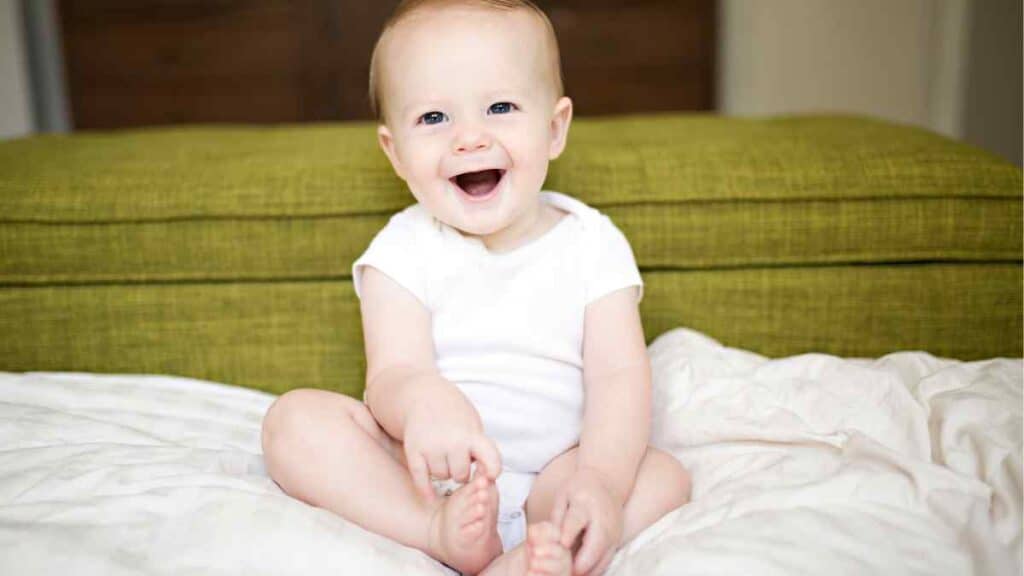Delve into our all-encompassing guide on babywearing, an age-old practice that beautifully melds hands-on function with profound emotional bonding. Babywearing is the methodical yet heartfelt endeavor of carrying your baby or toddler close to you using a suitable cloth carrier, sling, or wrap.
It’s far more than just a stroller alternative, babywearing roots itself in the nurturing spirit of child-rearing, encouraging deeper parent-child intimacy, aligning with everyday tasks, and surprisingly, promoting the child’s developmental benefits.
In this blog, we help you navigate the diverse landscape of babywearing unraveling its historical footprints across cultures, uncovering the fascinating science that underpins the unique hormonal and psychological benefits, elucidating its multifaceted emotional, physical, and cognitive advantages, and guiding you on the paramount considerations when choosing the perfect carrier.

Understanding Babywearing
Babywearing is a practice that extends beyond mere functionality; it is intrinsically tied to the nurturing ethos of child-rearing and bonding. Infant carrying promote attachment as you have your baby or toddler close to your body using a cloth carrier, sling or wrap. While it’s a practical alternative to prams or strollers, it ultimately fosters greater intimacy, convenience, and developmental benefits in the child through sustained skin contact.
Historically, babywearing is not a novel trend; it’s been a key child-rearing strategy practiced worldwide for centuries. Early civilizations recognized the practicality of keeping babies close while freeing hands for tasks. Artifacts from ancient cultures, like African sculptures of mothers carrying babies on their backs, or Etruscan wall paintings depicting babies in wraps, allude to the age-old history of babywearing.
Interesting variations of babywearing pop up across the globe, echoing cultural characteristics. African mothers drape their babies in ‘Khanga’ cloth, Native Americans transport babies in ‘Cradleboards,’ Guatemalan parents utilize brightly-colored ‘Rebozos,’ Inuit parents use the ‘Amauti’ – a coat with a large pouch for carrying the baby. Japanese parents carry their little ones in an ‘Onbuhimo’ – a soft structured carrier with rings. Europe and North American cultures have popularized babywearing with the sling and structured carrier.
From its history to present-day variations, though babywearing continues to evolve, the core philosophy remains constant – nurturing closeness and tending to the child in an embracing hold that mimics the womb’s comfort. This practice diminishes infant crying, fosters bond formation among parents and children while deftly managing everyday tasks. However, it’s critical to make sure safety standards are met when carrying infants, particularly in terms of proper carrier adjustment, and appropriateness with the infant’s age, weight and developmental stage.

The Science Behind Babywearing
Babywearing isn’t just emotionally satisfying; there’s intriguing science to back its benefits too. A fascinating aspect of babywearing is how it fosters the production of certain hormones that promote bonding and well-being in both the parent and the child.
The most notable of these hormones is Oxytocin, often dubbed the ‘bonding hormone.’ When a parent carries babies close to their body, the tactile and sensory stimulation triggers an increase in oxytocin. In the parent, this hormone boost elicits nurturing behaviors and positive emotions, strengthening the parent-infant bond. For the baby, oxytocin creates feelings of calm and security, allowing them to cry less.
Another critical hormone at play is Cortisol, the ‘stress hormone.’ Being held close through the use of baby carriers can help regulate stress levels in infants, reducing cortisol production and helping the child feel relaxed and safe.
The science behind Babywearing is also deeply interwoven with an understanding of the concept of the ‘Fourth Trimester.’ This term describes the first three months of a baby’s life, when newborns are adjusting to the world outside the womb. Babies are used to the warmth, motion, and the close-to-heart sound in the womb, and babywearing helps replicate that familiar experience through skin to skin contact.
By mimicking the womb’s environment, babywearing aids in smoothing out the transition into the outside world for the baby, providing the closeness, warmth, movement, and rhythm they crave. And for new mothers too, babywearing can be an invaluable aid during this fourth trimester, offering a practical way to keep the baby close, soothe their fussiness, and free up hands for other tasks or much-needed rest.
Interestingly, the positive effects of babywearing are not only seen when a newborn is carried occasionally. Infants who are carried for several hours a day demonstrate improved attachment, reduced crying, and overall more significant developmental benefits.
Guided by these scientific understandings, it’s no surprise that babywearing remains a steadfast practice for many parents around the globe, meeting the intertwined physical and emotional needs of both parent and child.

The Benefits of Babywearing
From promoting emotional security to physical development, the advantages of babywearing are multi-faceted and extend to both the parent and the baby.
Emotional Benefits
Baby wearing fosters a strong parent-child bond, creating a sense of security and attachment. The closeness of babywearing soothes infants, making them feel safe and loved. This proximity often results in reduced crying and fussiness, as babies cry less likely when they are held and comforted. The deepened bond from babywearing helps parents become more attuned to their child’s cues, resulting in a more responsive and rewarding parenting experience.
Physical Benefits
For babies, being held close to a parent’s body promotes balanced physical development. The upright position aids proper hip development decreases the risk of flat head syndrome, and can help with digestion, reducing instances of reflux and colic.
For parents, babywearing provides the invaluable benefit of hands-free mobility, allowing them to undertake daily chores, tend to other children, or enjoy outdoor activities while holding their baby close. Plus, when a baby carrier is worn correctly, it distributes the baby’s weight across the parent’s body, reducing physical strain on the back and shoulders.
Cognitive Benefits
Babywearing, by allowing babies to experience the world from the same viewpoint as their caretaker, offers a stimulating learning environment. These little observers absorb an abundance of information about their surroundings, people’s interactions, voices, facial expressions, and more. This exposure encourages early language development and social skills. Plus, babies feel included in daily routines and events, nurturing their understanding of day-to-day life.
In addition to these benefits, practices like kangaroo mother care further promote the importance of skin-to-skin contact and closeness between parents and babies, similar to the effects of babywearing. Kangaroo mother care has been shown to improve temperature regulation, breastfeeding success, and overall infant well-being.
By offering a multitude of emotional, physical, and cognitive benefits, babywearing proves to be more than a simple convenience; it is a comprehensive practice that holistically considers the well-being and development of both parent and child.

Choosing the Perfect Carrier
Navigating the world of infant carriers can be complex given the variety of styles and their diverse applicability. But with a clear understanding of the types of carriers, your specific needs, and comfort considerations, you can discover the perfect carrier for you and your baby.
Understanding Different Types of Carriers
Broadly, baby carriers can be categorized into three types, each offering unique babywearing benefits:
Slings
These are typically single pieces of fabric that are worn over one shoulder and across your torso. They are simple and compact, recommended for newborns and small infants due to their cradle-like support.
Wraps
These are long pieces of fabric that can be tied and wrapped around your body in various ways. Some wraps are stretchy, perfect for newborns, while others are woven, providing better support for older infants.
Structured Carriers (or Backpack Carriers)
These are more rigid and include padding and adjustable straps. They offer high weight capacity, suitable for larger infants and toddlers, and can be worn on the front or back.
Factors to Consider
When selecting a carrier, consider these crucial factors:
Baby’s Age and Weight
Some carriers are suitable for newborns, others for larger infants or toddlers. Ensure to check the weight limit for safety and comfort.
Wearer’s Comfort
Look for a carrier that evenly distributes the baby’s weight to avoid strain. The right fit is essential for your comfort and the baby’s.
Lifestyle Needs
If you’re active and outdoorsy, a structured carrier might be the best. On the other hand, if you want a carrier that easily fits into a diaper bag, a sling or wrap might be better.
Budget
Prices vary vastly from inexpensive slings and wraps to higher-end structured carriers. Aim for the best quality within your budget.
Adjusting the Carrier for Comfort and Safety
Each carrier comes with its specific method of adjustment. Common pointers for all include ensuring a snug fit that holds the baby close to your body, positioning the baby at a kissable height, and maintaining the baby’s natural curved back position. Always ensure the baby’s face is visible and their chin off their chest to maintain clear airways.
Remember, it’s less likely for parents to be comfortable with just one type of carrier. The “perfect” baby carrier varies from one parent to another. It’s about personal comfort, the baby’s developmental stage, lifestyle, and budget. Invest time in research, seek advice, and if possible, try out different carriers before settling on the one that ‘feels right’. And, as mentioned earlier, carried babies cry less and enjoy various other benefits. So, finding the perfect carrier is well worth the effort!

Expanded Safety Tips for Babywearing: The Power of Touch
Ensuring the safety and well-being of your little one is paramount in babywearing. Here we delve into both standard and expanded safety guidelines, emphasizing the importance of the ‘M’ shape position, clear airways, and the mindfulness of interactions such as touch that can positively influence mood and amplify the benefits of babywearing.
Infant Calming Responses and the Importance of the ‘M’ Shape Position
Positioning your baby correctly in the carrier implies more than just comfort – it plays an essential role in their psychological and physiological well-being. When striving for the ‘M’, or ‘froggy’ position, your baby’s knees should be higher than their bottom, creating a posture that mirrors sitting. This position best ensures correct weight distribution and mitigates the risk of hip dysplasia, thus contributing to their healthful development. Moreover, the close contact and rhythmic motions of babywearing can stimulate infant calming responses, serving as a soothing constant in your little one’s developing sensory world.
Depressed Mothers Touching Increases: The T.I.C.K.S Rule and Beyond
The significance of the T.I.C.K.S rule in safe babywearing is well-established, emphasizing the need for our babies to be Tight, In view, Close enough to kiss, Keep their chin off their chest, and a Supported back. However, a further aspect is increasingly recognized – the power of a mother’s touch. In the context of depressed mothers touching increases, we observe that the physical contact inherent in babywearing can provide mood-enhancing benefits for both the baby and the mother. As simple as it is, the act of touching, holding and carrying your baby can foster deep connections and significantly help improve the mother’s mental health.
Wearing Baby: Taking Mindful Precautions
While wearing baby presents innumerable benefits, it’s essential to also recognize instances where babywearing might be less suitable. This might include environments or activities posing potential risks, like cooking or participating in vigorous physical activity where the baby might be bounced excessively. In such situations, alternatives like a pram or a safe, designated area for the baby would be wiser.
Environmental sensitivities are also important to account for. Extreme weather conditions, particularly heat, could lead to overheating for both parent and baby due to their already intimate body heat exchange. In these cases, dress appropriately and opt for a breathable carrier to ensure comfort and safety.
The practice of babywearing beautifully intertwines the practicalities of day-to-day life with the nurturing closeness every infant needs. With proper safety knowledge and mindful practice, babywearing can become a cherished component of any parenting routine.

Conclusion
In conclusion, babywearing strikes a delicate balance between functional necessity and tender nurturing, threading its way into the heart of parental care. This approach, beneficial across a spectrum ranging from premature babies to older babies, not only facilitates daily tasks but also fortifies emotional bonds. Babywearing unites tradition with modern developmental wisdom, elegantly encapsulating both the science and the sentiment within the dynamics of parent-child interactions and child advancement.
As you embark on this precious voyage of babywearing, be aware that selecting the right carrier is a deeply personal undertaking. This decision hinges on a myriad of factors such as your comfort, the baby’s stage of development, lifestyle, and budget. It invites you to explore and master not just the technique, but also the art of babywearing. Be it the serenity it brings in the face of the ubiquitous baby cries or the vital sense of security it engenders, babywearing becomes a testament of your love and commitment. In every thread of its fabric, it carries your dedication to the well-being and development of your child, making it a journey worth cherishing and mastering. From nurturing the primal need for closeness in premature babies to providing comfort to curious, perceptive older babies, babywearing emerges as a rewarding endeavor, a bond woven in the language of love, warmth, and acceptance.
Did this article help you? Please comment down below, and if you have any questions please ask away!



